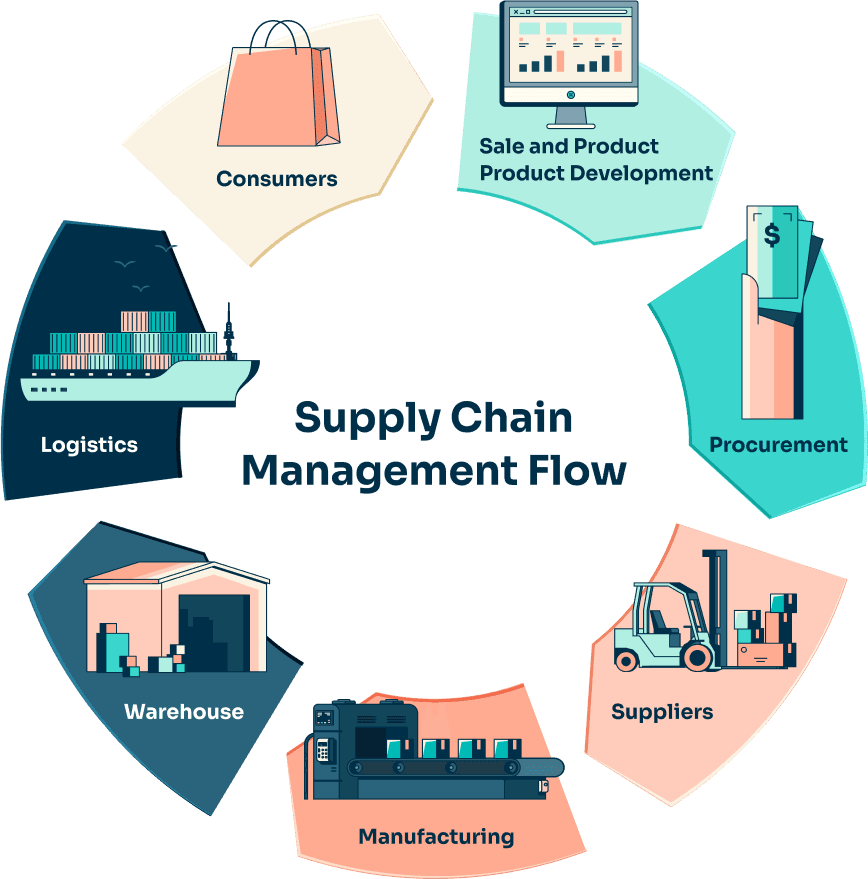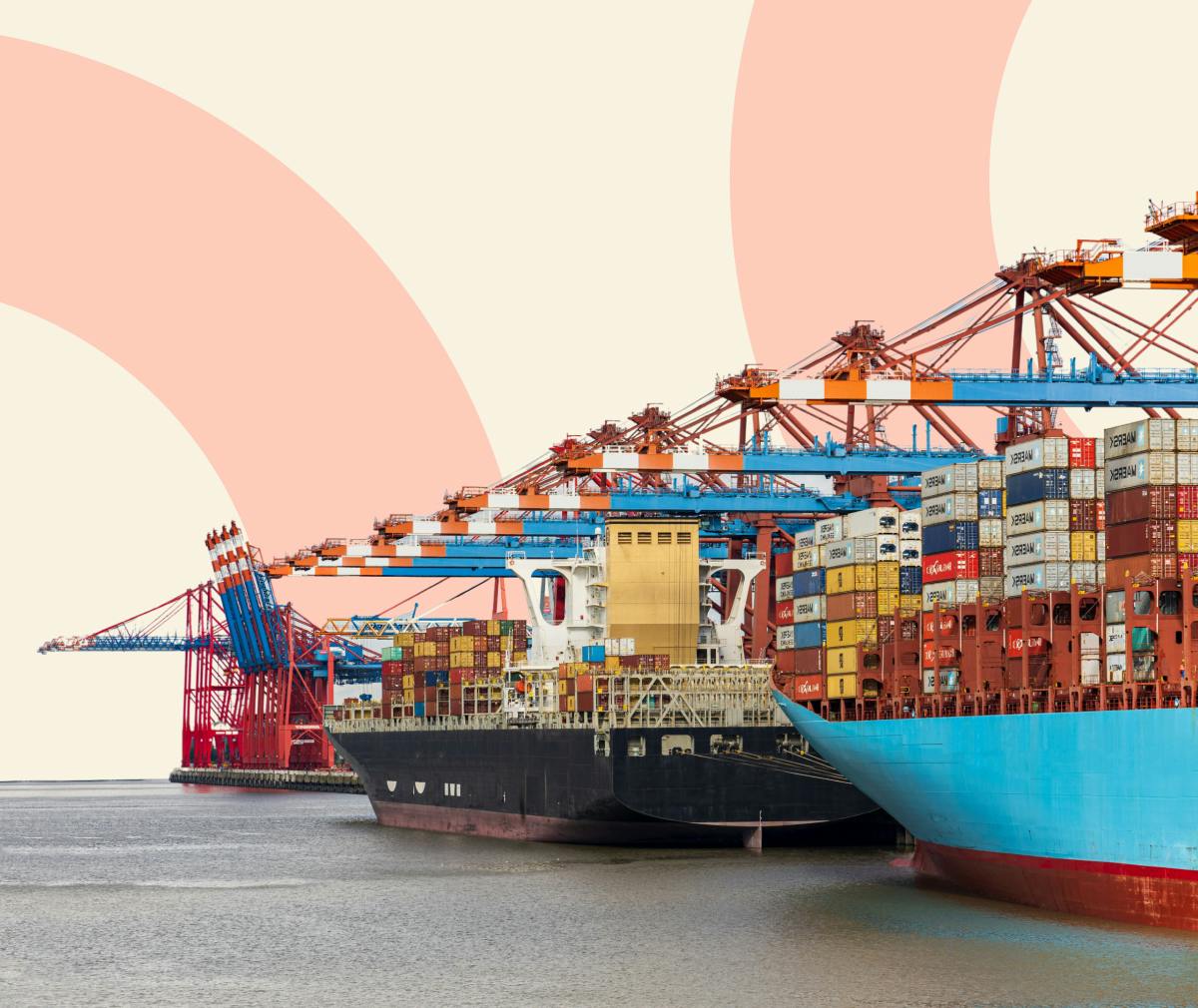Recurrency

Why the Supply Chain & ERPs are Intertwined
The supply chain ecosystem is large and old. As people developed a taste for imported goods instead of local delicacies, the supply chain grew into a complex garden with different plants. The deepest roots in this garden lie in enterprise resource planning (ERP) systems. It’s almost impossible to talk about the modern-day supply chain without also talking about ERPs (and there’s a lot to discuss). ERPs were once revolutionary to supply chain management (SCM) but now they’re intertwined at the very roots.

What Is Supply Chain Management?
Supply chain management is the process of organizing and controlling the flow of goods and services from raw materials to final products ready for consumers. There are many activities within supply chain management, including setting financial strategies, sourcing raw materials, production, and distribution. If you haven’t figured it out already, supply chain management is extremely complex. Think of the entire process as a trip to the garden depot where everything is laid out before you en-mass, but the labels are in small print, written in Latin, and nothing is sorted coherently. Supply chain management is what we use to try to make sense of it all.
How Do ERPs Help SCM?
ERP software acts as an organizer and connector. Different departments within a business, from purchasing and sales to HR, can access the same data at the same time. This leads to seamless collaboration within a business, which is crucial while operating within the supply chain as clear communication is the name of the game. The ability to plan ahead is also imperative. ERP’s historical data can also help businesses better plan based on patterns and norms.
ERPs were first seriously used in the 1990s (for a brief history lesson on ERPs, look here) and their hold on supply chain management has only strengthened. Without an ERP, a business trying to engage in supply chain management relies on expansive Excel sheets, ceaseless “inventory update” emails, and then juggle varying operating systems for each business department. Every business operation is done extremely slowly to make room for redundant work and unnecessary communication. I don’t know about you but I don’t want to run a distribution business without an ERP. Talk about getting home never.
An Untended Garden
The current supply chain crisis has only confirmed the importance of strong supply chain management. Businesses able to maintain stock levels and reach customers are gaining reputations that will last a long time. However, the supply chain crisis has also better revealed long-time issues within supply chain management. They are weeds in the garden, some with very deep roots. Near the top of that list is outdated ERP software. The supply chain can’t function without ERPs but ERPs can barely function themselves. Ask your sales team how long it takes them to check the inventory status on an item (something they do throughout the day) and you may be shocked at the answer. Many legacy ERP companies have not committed to innovation in decades. But why should they? Their software is still very necessary, and selling at a premium price.
Spring Cleaning
Recurrency is an automation platform for your ERP that not only organizes your data but uses it. Machine learning algorithms ingest your data along with thousands of public data sets to provide smart business recommendations. But before our Recurrency team developed its predictive features, we focused on the basics to create a software that runs flawlessly at its core. There are no buffering searches or stalled pages. Once we accomplished that part, we set our crack team of engineers’ sights on optimizing workflows and deploying our machine learning.
If you work within the supply chain, you need an ERP. If you want to excel within the supply chain, you need an ERP and Recurrency. Book a demo today.



